Thai Alphabet Drawing by Grandpa John, and Grandson Kai, Part 2
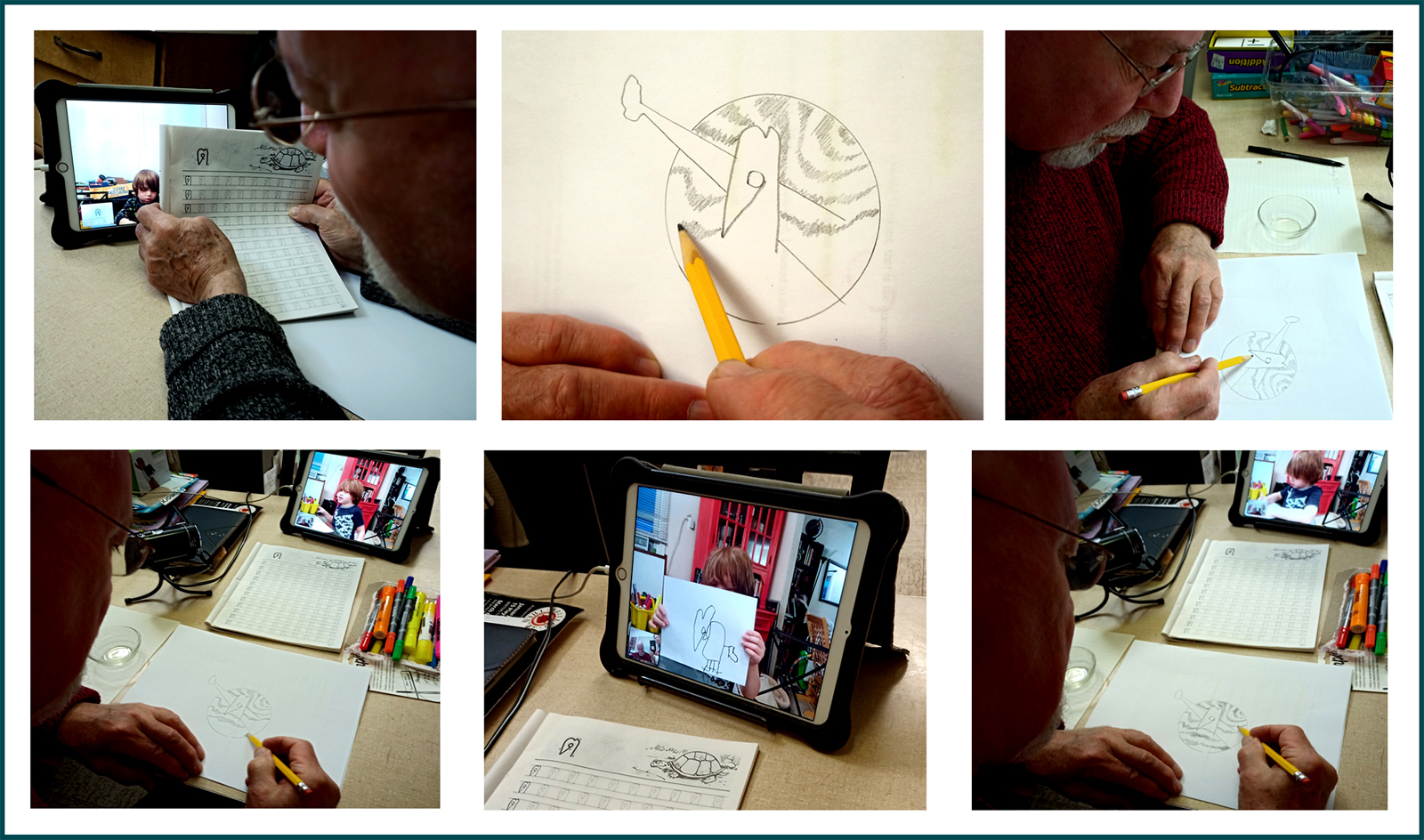
 Thai Alphabet Drawing by Grandpa John (77 years old), and Grandson Kai (4 years old), Part 2 (Thai alphabet from letter # 12 to letter #22)
Thai Alphabet Drawing by Grandpa John (77 years old), and Grandson Kai (4 years old), Part 2 (Thai alphabet from letter # 12 to letter #22)
Organized by Grandma Ing
Technical Support by Mommy Mali, Daddy Jim and almost two months old brother Bodhi, started on Wednesday, April 22, 2020, Grandpa John and Grandson Kai communicated via Face Time through iPad during the lock-down from the pandemic of COVID-19 (coronavirus)
There are 44 letters in Thai Alphabets. I divided into 4 parts, 11 characters in each group. John and Kai enjoyed drawing Thai characters using their imaginations in composing the letters. Mommy Mali was holding her new born 2 months old baby, Bodhi, to supervise Kai with his playful and loving drawing activity. I participated by taking pictures and video of the event. Daddy Jim entertained the troops by playing music with his loving of Guitar performance. We were all happy spending time in the evening after a full belly from the home-made meal. Hopefully, little bodhi heard our conversation of loving and laughing. We managed to turn the COVID – 19 locked down in to a more useful and entertaining time.
For me, personally, I was so glad to see the Welshman, John, and our American grandson Kai, invent characters that are unique and special to me. As a Thai person it brought a sentimental reminder of my own native Thai language.
I hope that Thai people who view this Thai alphabet will smile because of the unique playfulness of the Thai characters created in John and Kai’s drawings. Each culture is unique, and when we come together, we can appreciate each other, bringing harmony and peace to families, communities and the world.
Ing-On Vibulbhan-Watts, Friday, May 27, 2022, 12:45 PM
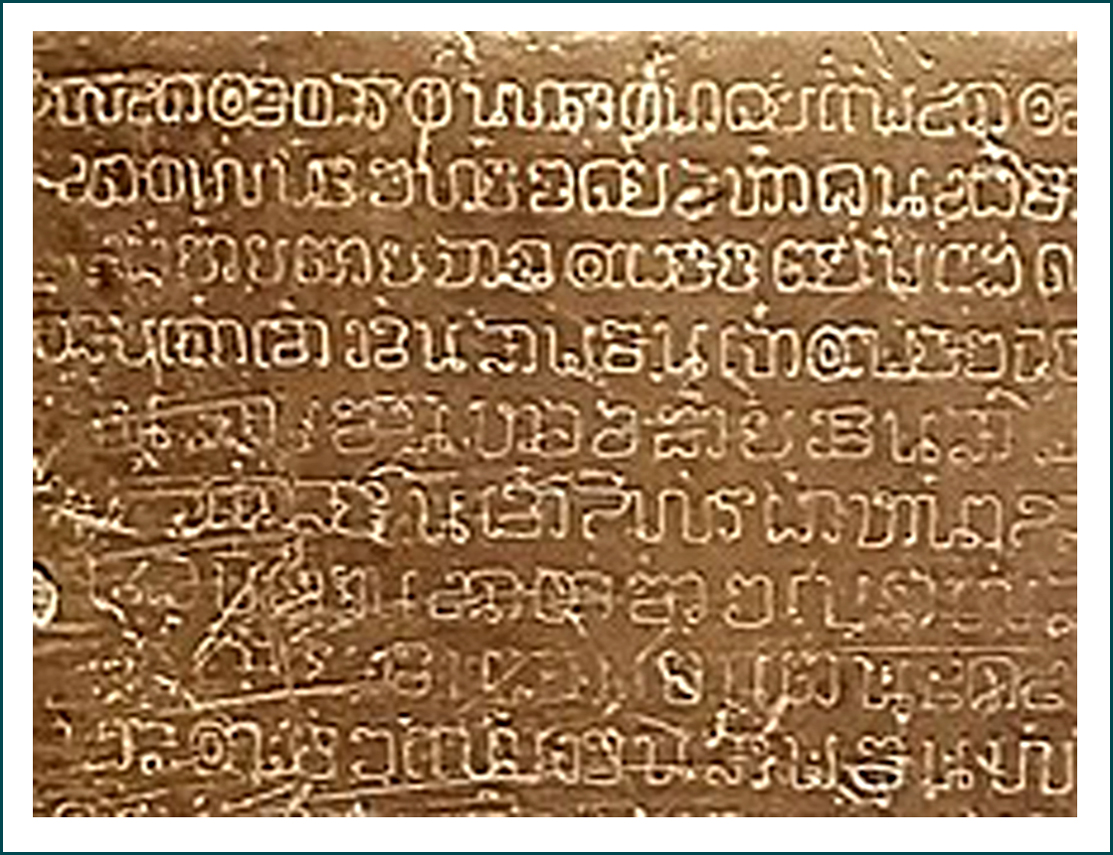
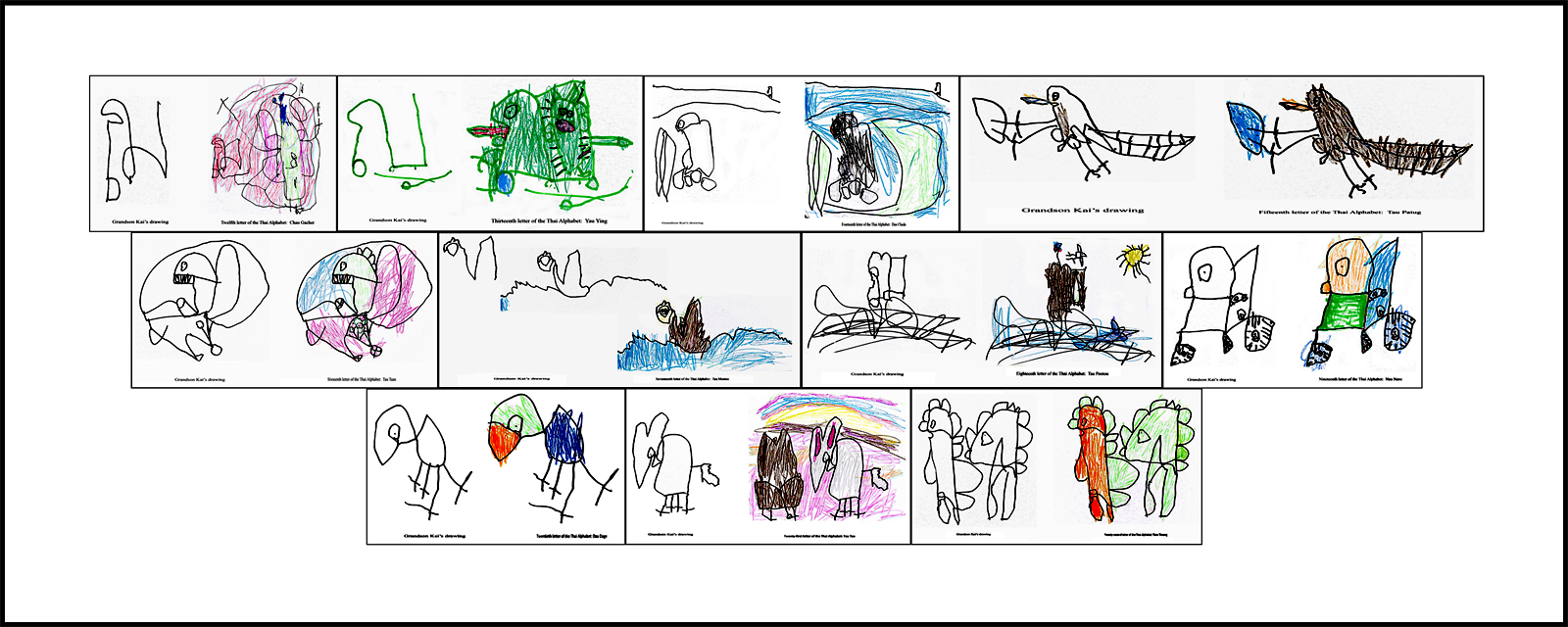 Top & Bottom: John and Kai drawings of the Thai Alphabet – Letter # 12 to letter #22, modern Thai letters
Top & Bottom: John and Kai drawings of the Thai Alphabet – Letter # 12 to letter #22, modern Thai letters
Middle: King Ram Khamhaeng Inscription
Deciphering[edit]
The inscription contains 35 lines of text on its first and second sides, and 27 on the third and fourth. The script used, now known as the Sukhothai script, is an early form of the Thai script (also known as Siamese), which differs vastly from modern Thai and bears some resemblance to ancient Khmer, from which it is considered to have been adapted.[5]
Detail, showing the characters
Iudexvivorum – Own work
* Place: Siwamok Phiman Hall, Bangkok National Museum, Bangkok, Thailand. Item: Inscription 1 (???????????? ?) or Ram Khamhaeng Inscription (???????????????????), allegedly created in 1835 BE (1292/93 CE).
Text[edit]
My father’s name was Si Inth?rath?t. My mother’s name was Lady Sü?ng. My elder brother’s name was Ban Mü?ng. We, elder and younger born from the same womb were five; brothers three, sisters two.
—Opening lines of the inscription, as translated by Cornelius Beach Bradley
The inscription contains 35 lines of text on its first and second sides, and 27 on the third and fourth. The script used, now known as the Sukhothai script, is an early form of the Thai script (also known as Siamese), which differs vastly from modern Thai and bears some resemblance to ancient Khmer, from which it is considered to have been adapted.[5] Most significantly, the script contains no above- or below-line vowel marks, a feature seen in later Sukhothai inscriptions and modern Thai, as well as earlier Indic scripts.[3]
The text consists of three sections written continuously without distinct breaks. The first (lines 1–18 of the first side), which is written in the first person, tells the personal history of Ram Khamhaeng’s early life up until his becoming ruler. The second (line 18 of the first side to line 11 of the fourth side) describes various aspects of the city of Sukhothai and its customs, including its abundance, people’s freedoms, the ruler’s justice, religious practices, and physical and geographical features. It ends by telling of Ram Khamhaeng’s installation of a stone throne in the year 1214 of the Saka era (MS; corresponding to 1292 CE), enshrinement of relics at Si Satchanalai in MS 1207 (1285 CE) and his invention of the script in MS 1205 (1283 CE). The section refers to Ram Khamhaeng by name throughout. The third section (lines 11–27 of the fourth side) contains praise of the king and describes the reach of his kingdom. This final epilogue, which may have served as a eulogy, is written in a different hand, with some differences in spelling, indicating that it was most likely a later addition.[3]
According to Cœdès, the inscription was probably made to commemorate Ram Khamhaeng’s installation of the stone throne in 1292, and this is the year to which it is generally dated.[3] The inscription, which paints a picture of a plentiful kingdom ruled paternally by a benevolent king, was extremely influential in the development of Thai history. Based on works by Prince Damrong Rajanubhab during the 1910s–1920s, Sukhothai came to be regarded as the first Thai capital, a golden age during which Thai values flourished (as opposed to later Khmer-influenced Ayutthaya). This official view is taught in schools and formed the core of mainstream Thai history-writing throughout the 20th century.[6]
For more information, please visit the following link:
https://en.wikipedia.org/wiki/Sukhothai_script
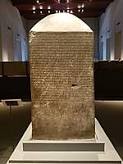 Ram Khamhaeng Inscription, the oldest inscription using proto-Thai script (Bangkok National Museum)
Ram Khamhaeng Inscription, the oldest inscription using proto-Thai script (Bangkok National Museum)
The Thai alphabet is derived from the Old Khmer script (Thai: ????????, akson khom), which is a southern Brahmic style of writing derived from the south Indian Pallava alphabet (Thai: ??????). According to tradition it was created in 1283 by King Ramkhamhaeng the Great (Thai: ????????????????????).[1] The earliest attestation of the Thai script is the Ram Khamhaeng Inscription dated to 1292, however some scholars question its authenticity.[2] The script was derived from a cursive form of the Old Khmer script of the time.[1] It modified and simplified some of the Old Khmer letters and introduced some new ones to accommodate Thai phonology. It also introduced tone marks. Thai is considered to be the first script in the world that invented tone markers to indicate distinctive tones, which are lacking in the Mon-Khmer (Austroasiatic languages) and Indo-Aryan languages from which its script is derived. Although Chinese and other Sino-Tibetan languages have distinctive tones in their phonological system, no tone marker is found in their orthographies. Thus, tone markers are an innovation in the Thai language that later influenced other related Tai languages and some Tibeto-Burman languages on the Southeast Asian mainland.[2] Another addition were consonant clusters that were written horizontally and contiguously, rather than writing the second consonant below the first one.[2] Finally, the script wrote vowel marks on the main line, however this innovation fell out of use not long after.[1]
The Thai script (like all Indic scripts) uses a number of modifications to write Sanskrit and related languages (in particular, Pali). Pali is very closely related to Sanskrit and is the liturgical language of Thai Buddhism. In Thailand, Pali is written and studied using a slightly modified Thai script. The main difference is that each consonant is followed by an implied short a (??), not the ‘o’, or ‘?’ of Thai: this short a is never omitted in pronunciation, and if the vowel is not to be pronounced, then a specific symbol must be used, the pinthu ?? (a solid dot under the consonant). This means that sara a (??) is never used when writing Pali, because it is always implied. For example, namo is written ???? in Thai, but in Pali it is written as ???, because the ?? is redundant. The Sanskrit word ‘mantra’ is written ????? in Thai (and therefore pronounced mon), but is written ?????? in Sanskrit (and therefore pronounced mantra). When writing Pali, only 33 consonants and 12 vowels are used.
For more information, please visit the following link:
Historic Town of Sukhothai ?? Thailand 26:21
Mar 19, 2020 Travel And Discover
Sukhothai was the capital of the first Kingdom of Siam in the 13th and 14th centuries. It has a number of fine monuments, illustrating the beginnings of Thai architecture. The great civilization which evolved in the Kingdom of Sukhothai absorbed numerous influences and ancient local traditions; the rapid assimilation of all these elements forged what is known as the ‘Sukhothai style’. Subscribe Travel & Discover: http://www.youtube.com/subscription_c… Soundtrack by Mauro Sereno https://backl.ink/780648 “T&D Social Club” Telegram: https://t.me/travel_discover Twitter: https://twitter.com/ Facebook: https://www.facebook.com/Travel-Disco… MeWe: https://mewe.com/join/traveltourismsu… #Sukhotai #Thailand #bestplaces
MeWe: https://mewe.com/join/traveltourismsu… #Sukhotai #Thailand #bestplaces
Thai Alphabet Drawing by Grandpa John, and Grandson Kai, Part 3

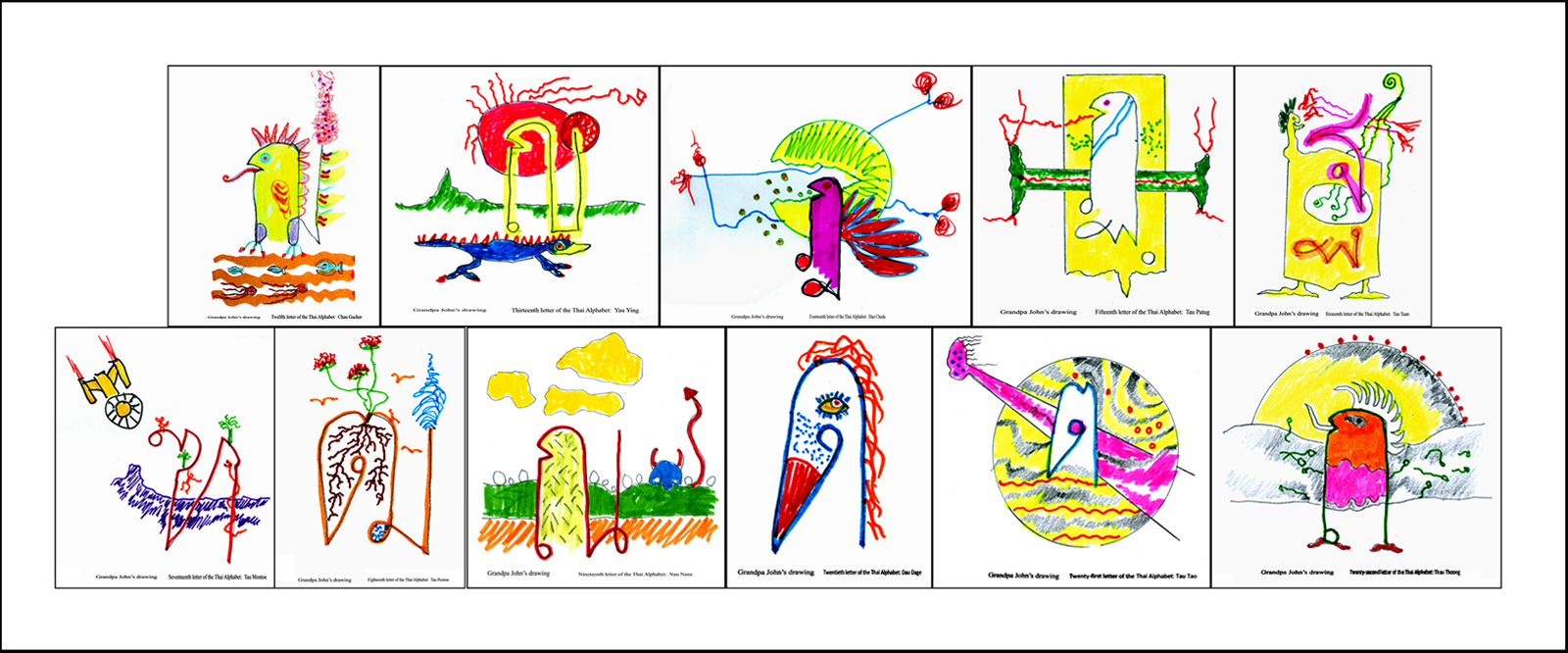
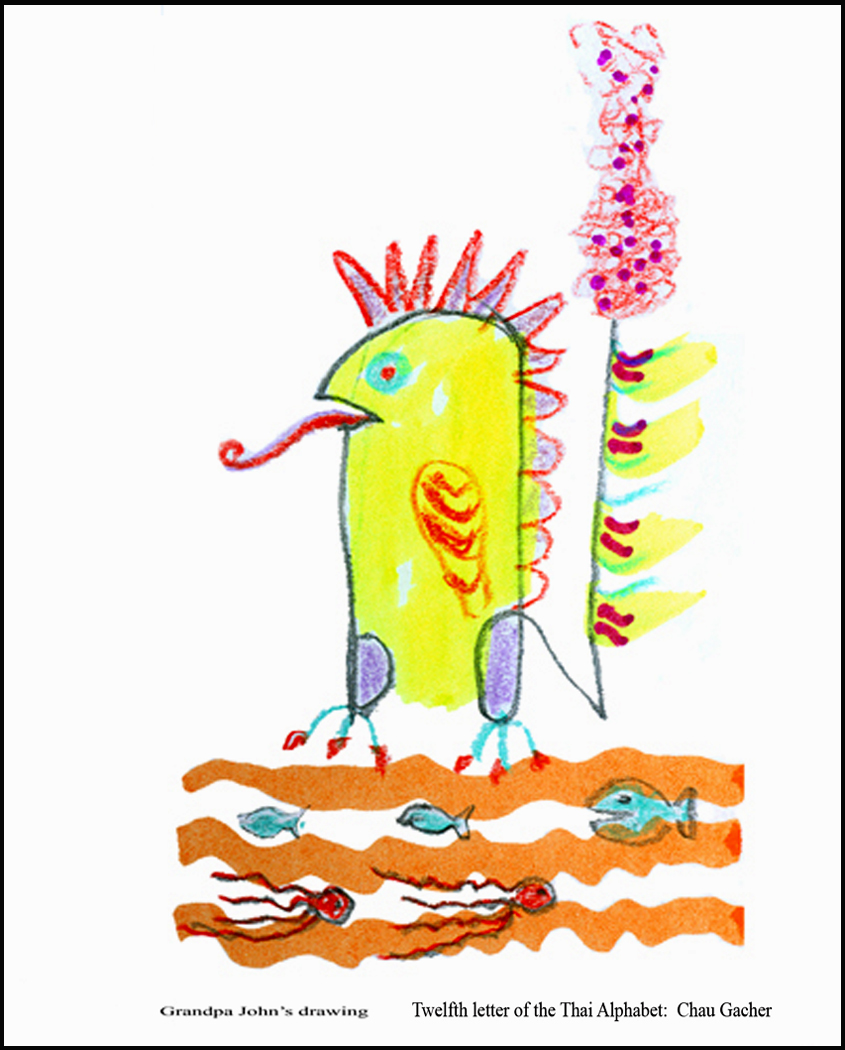


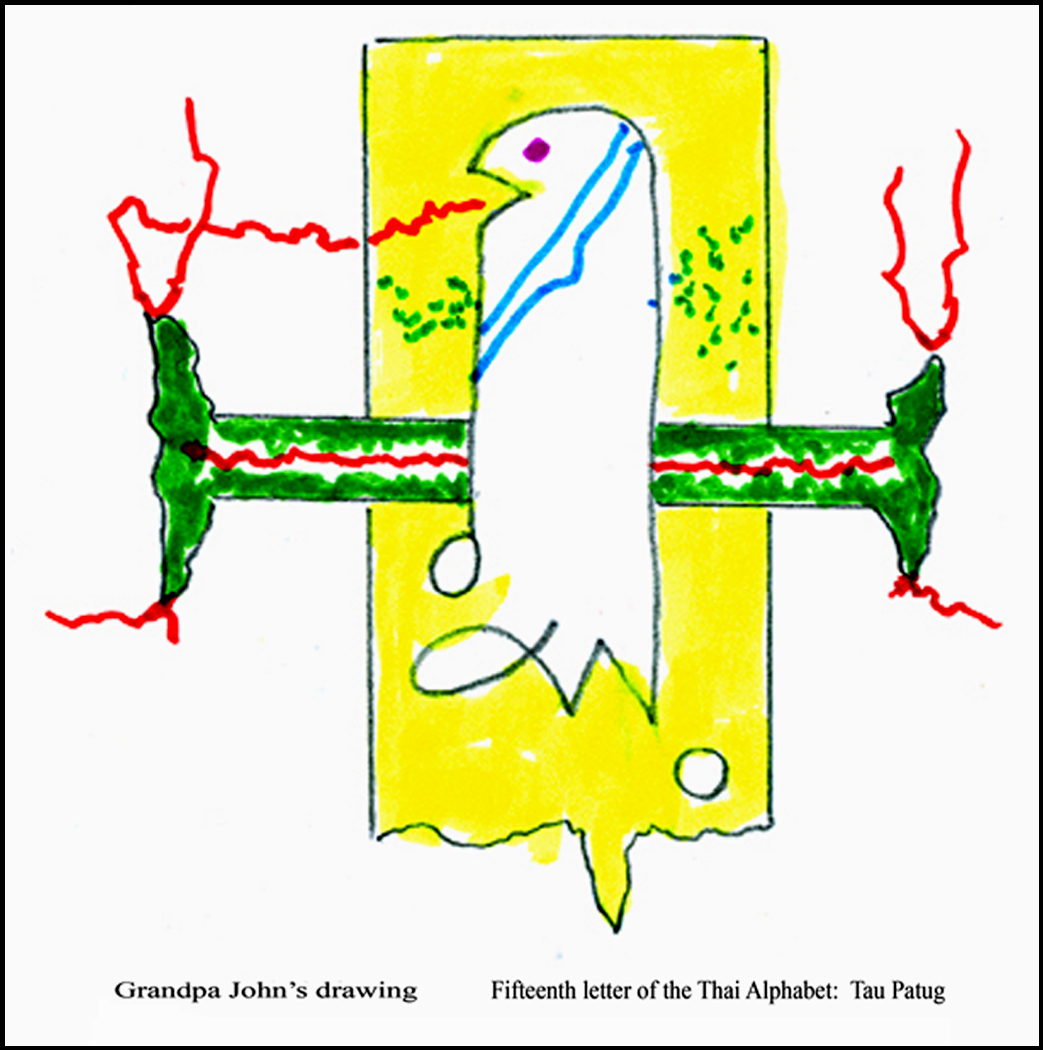
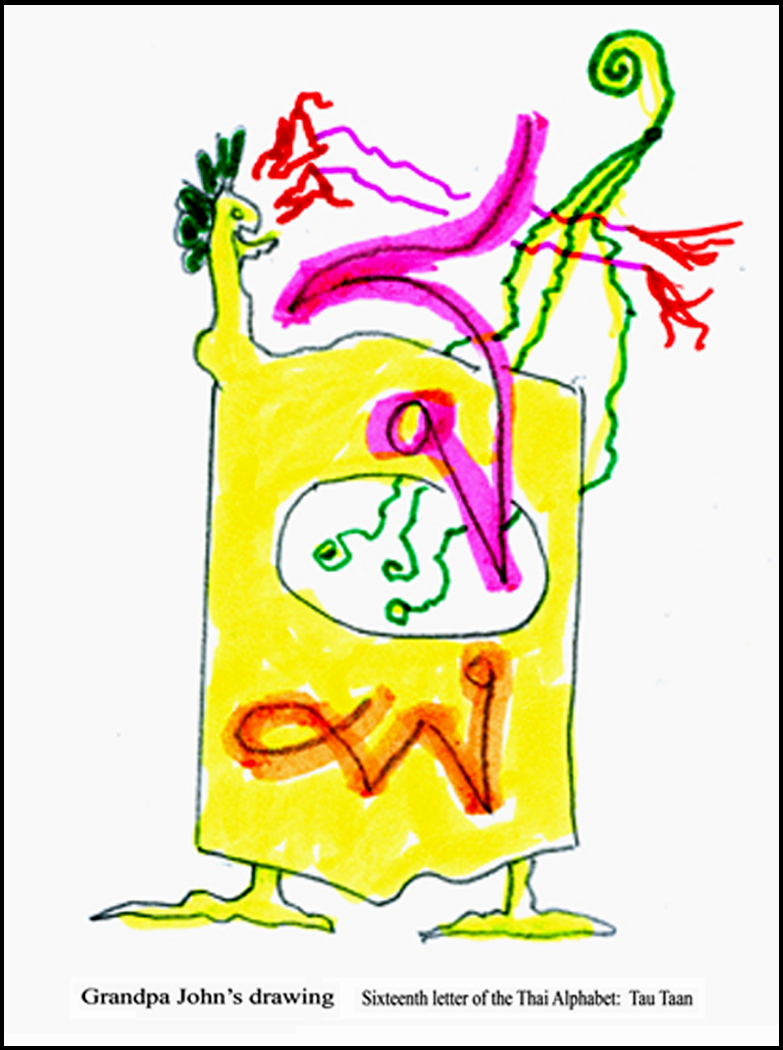

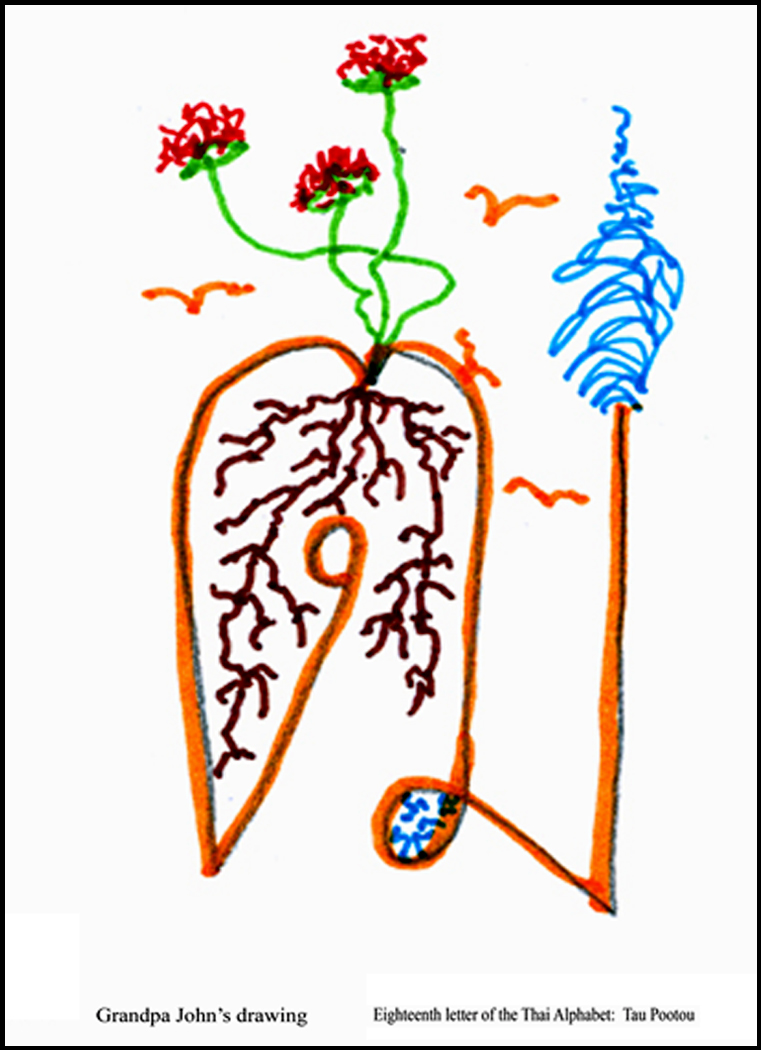

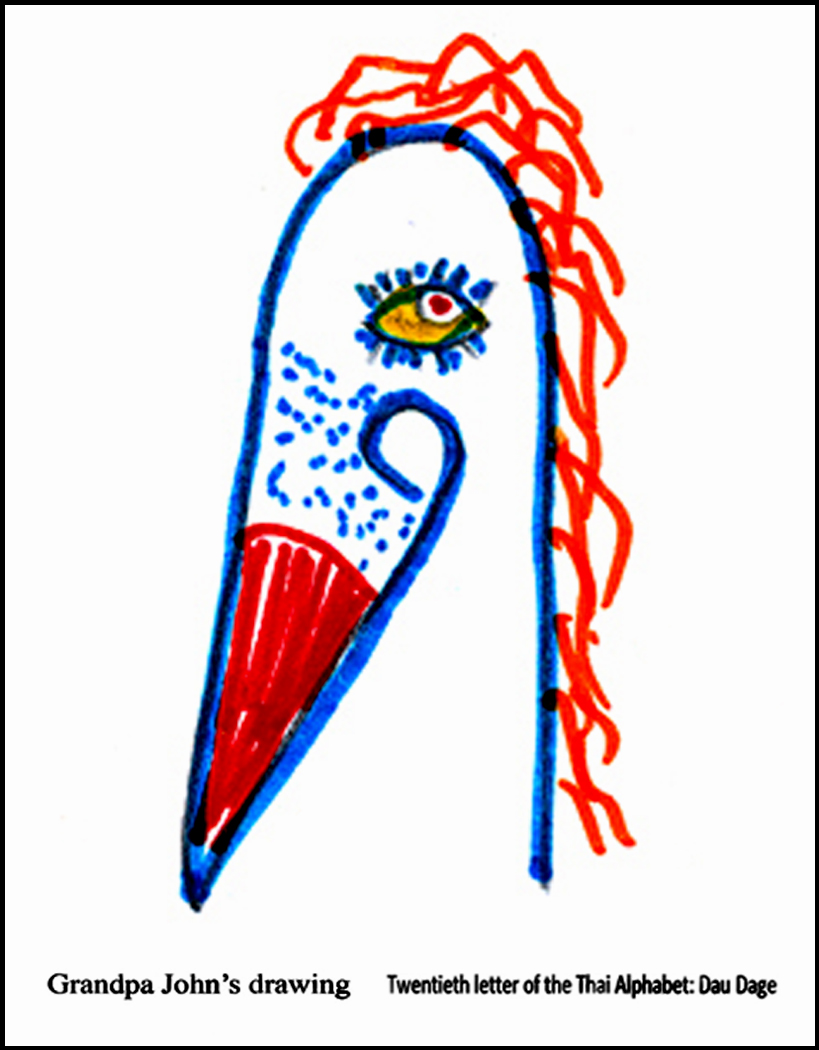
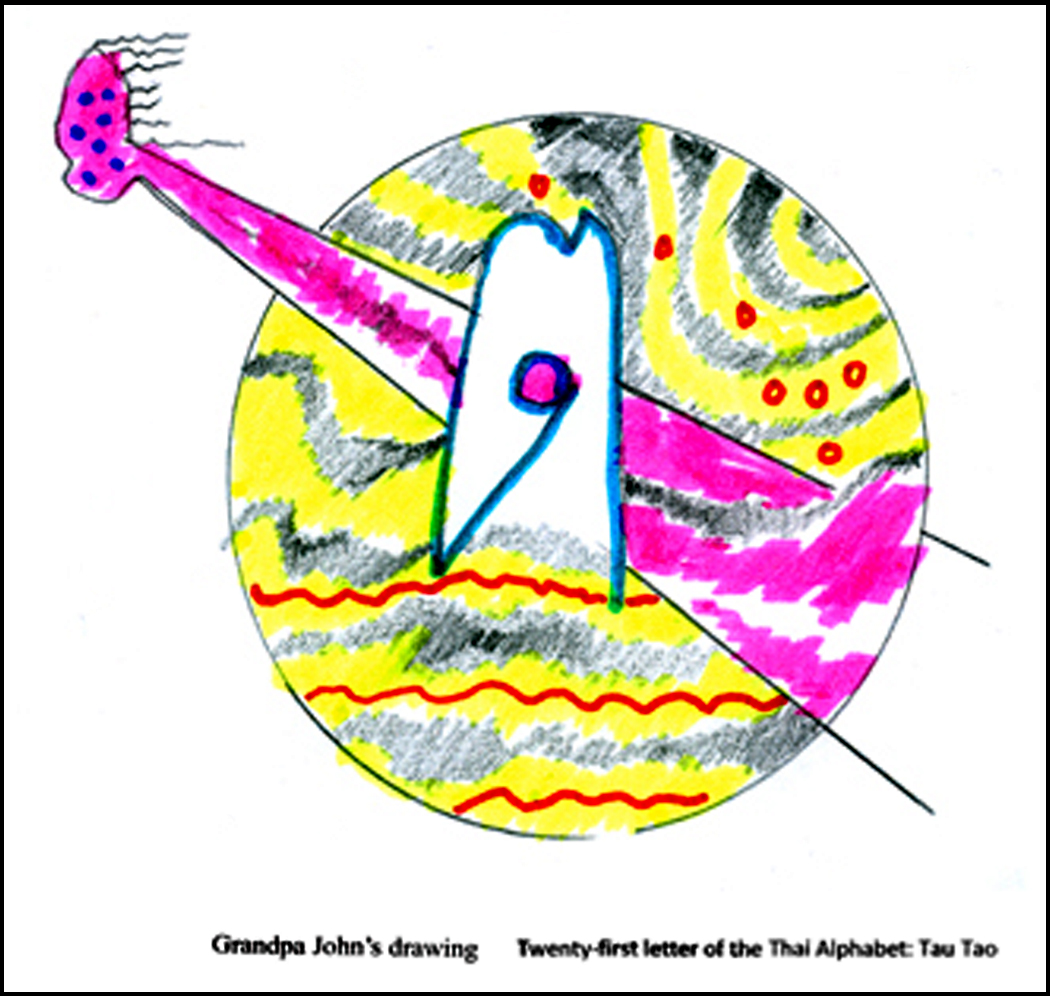
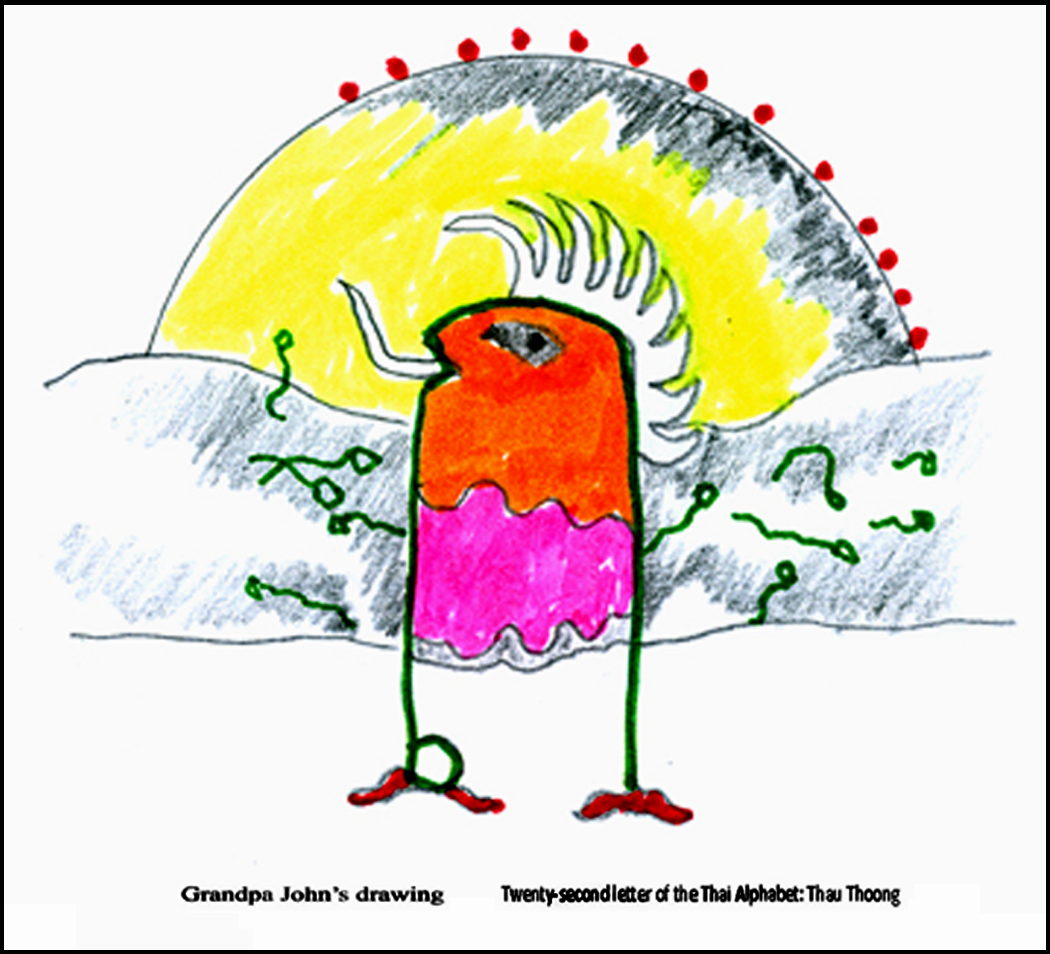
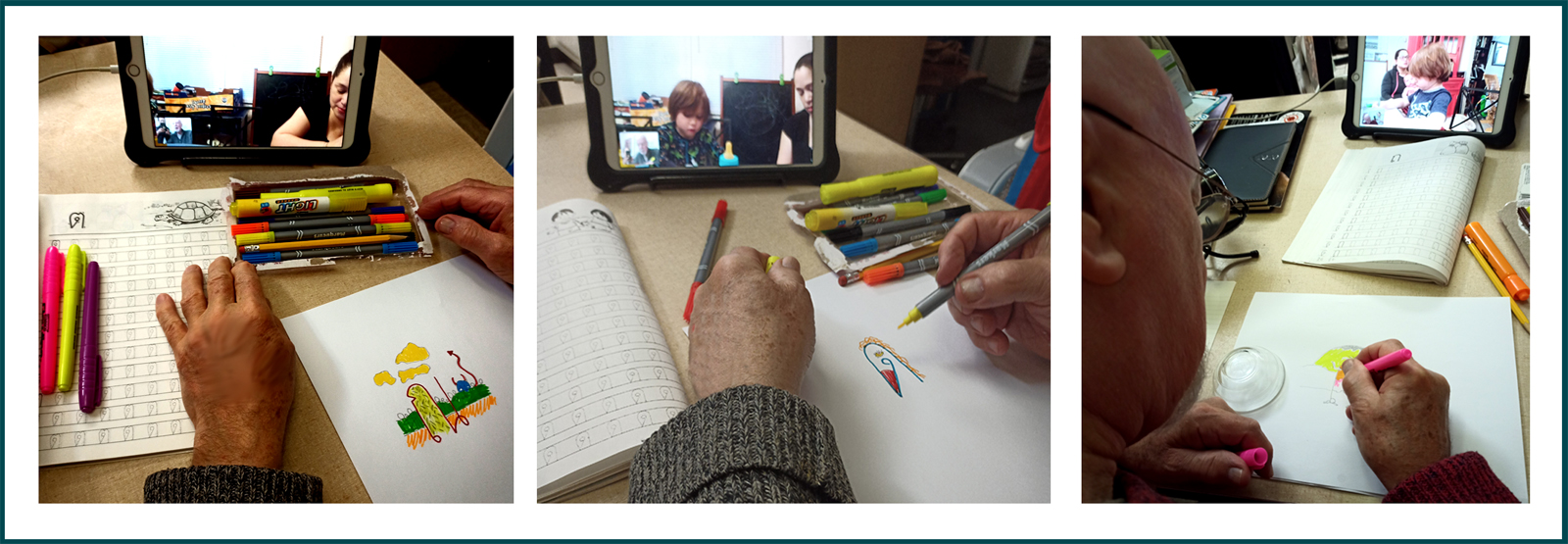

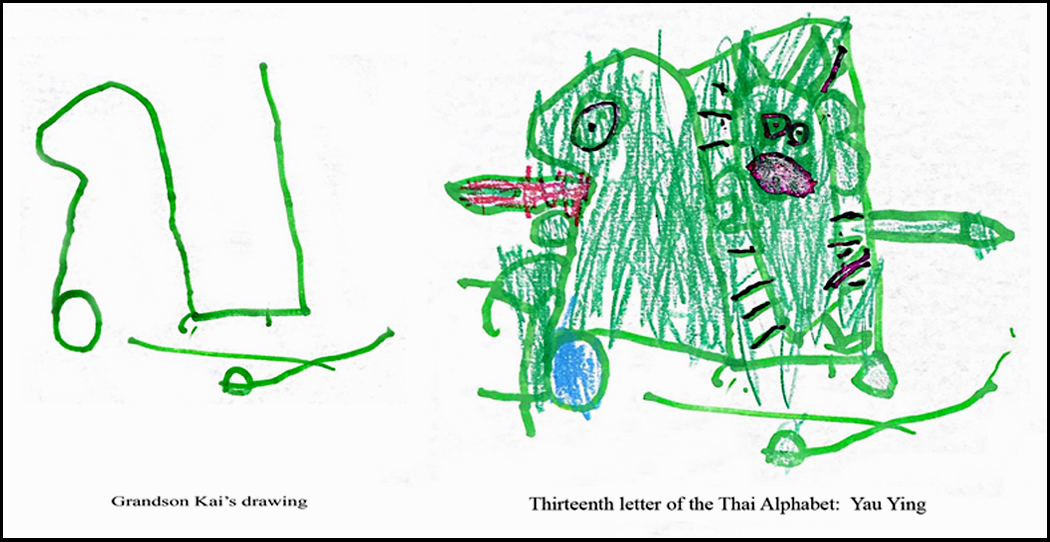




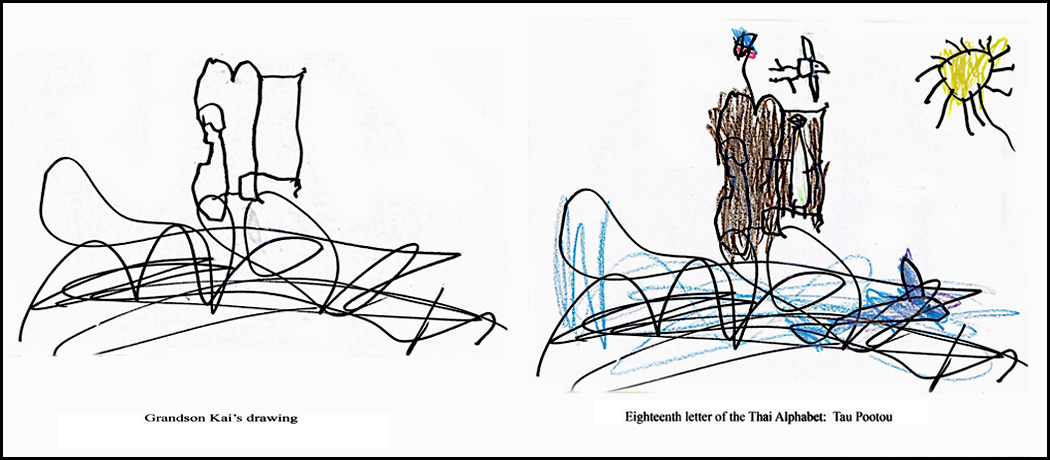

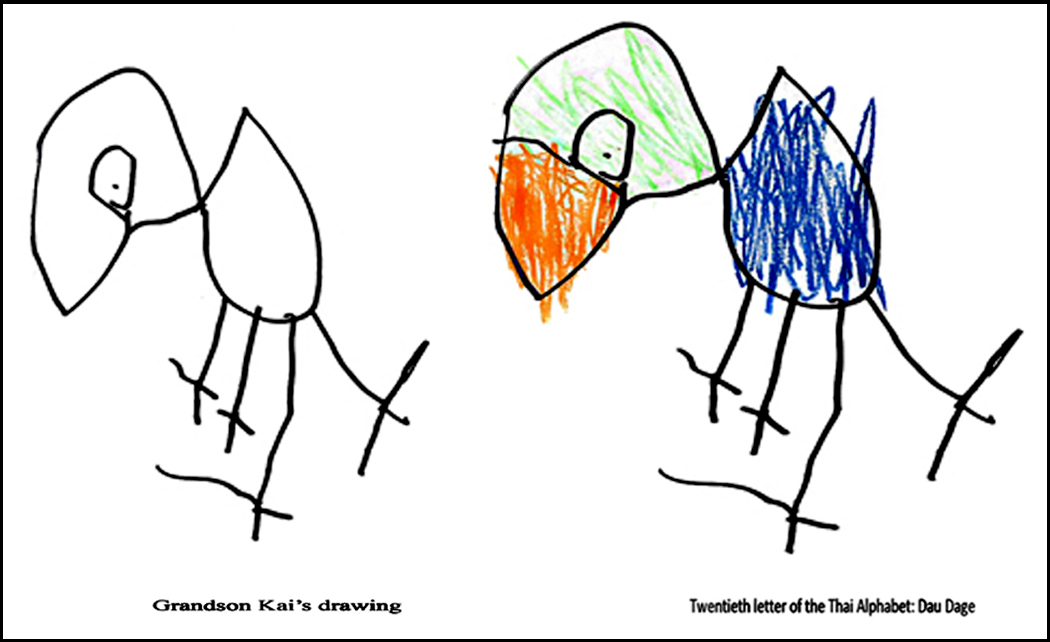




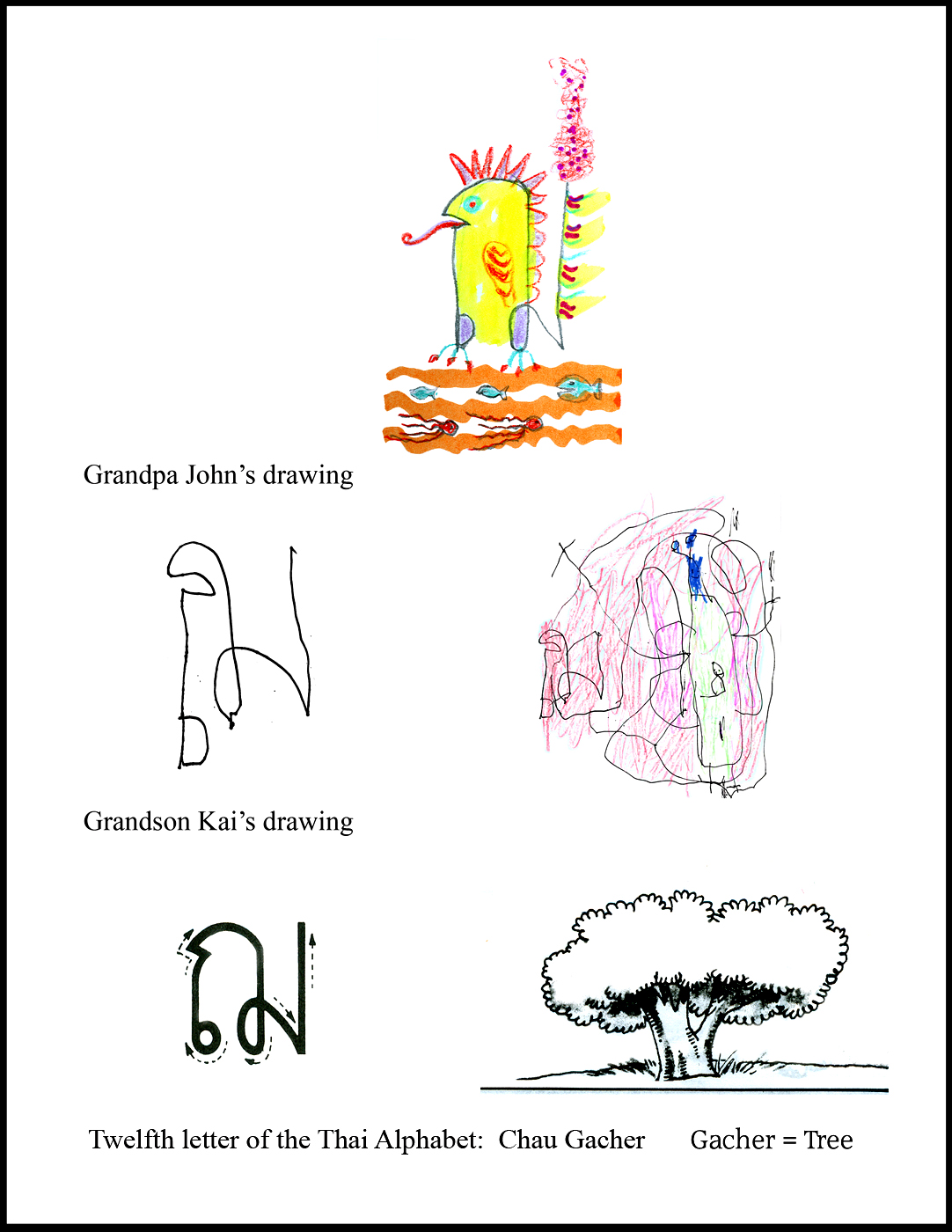
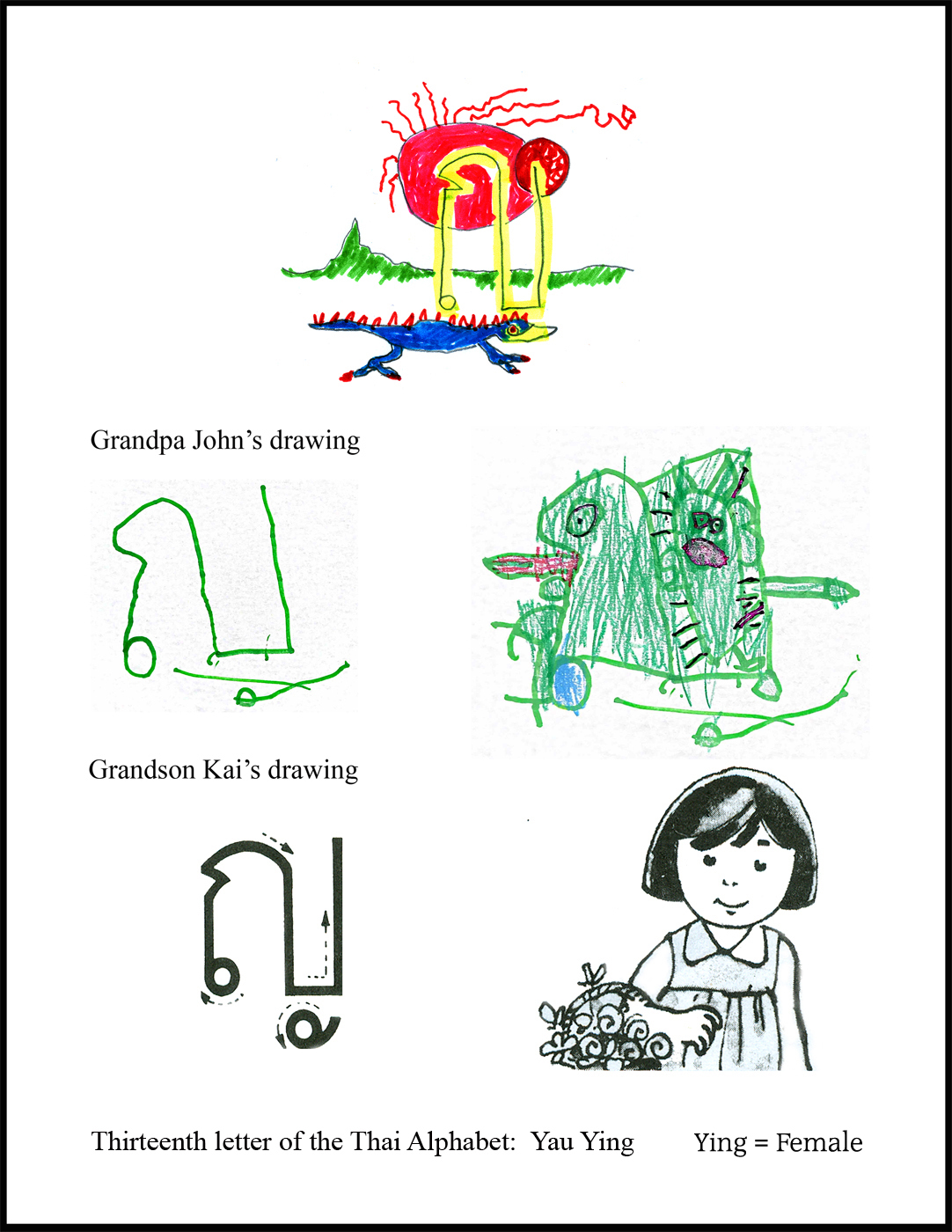

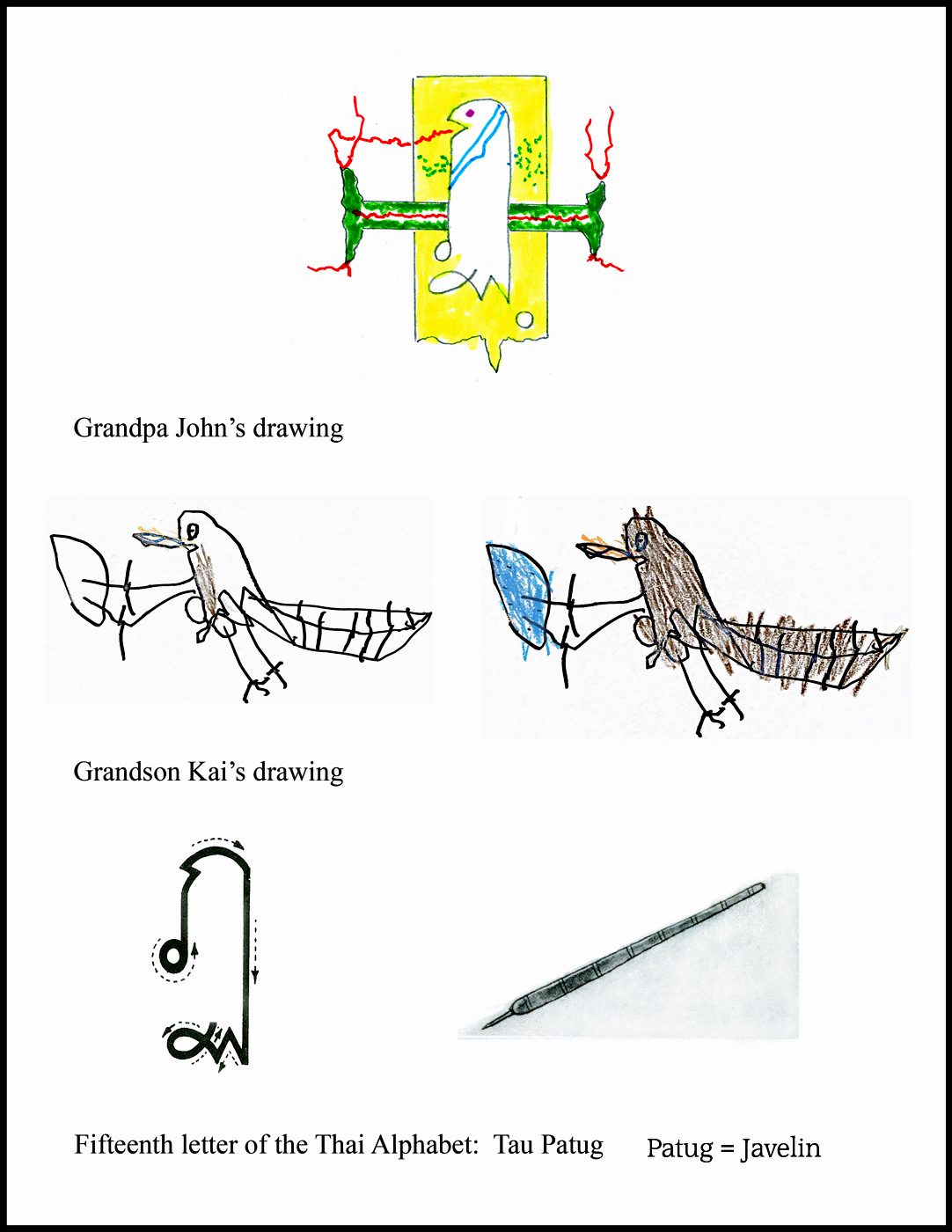
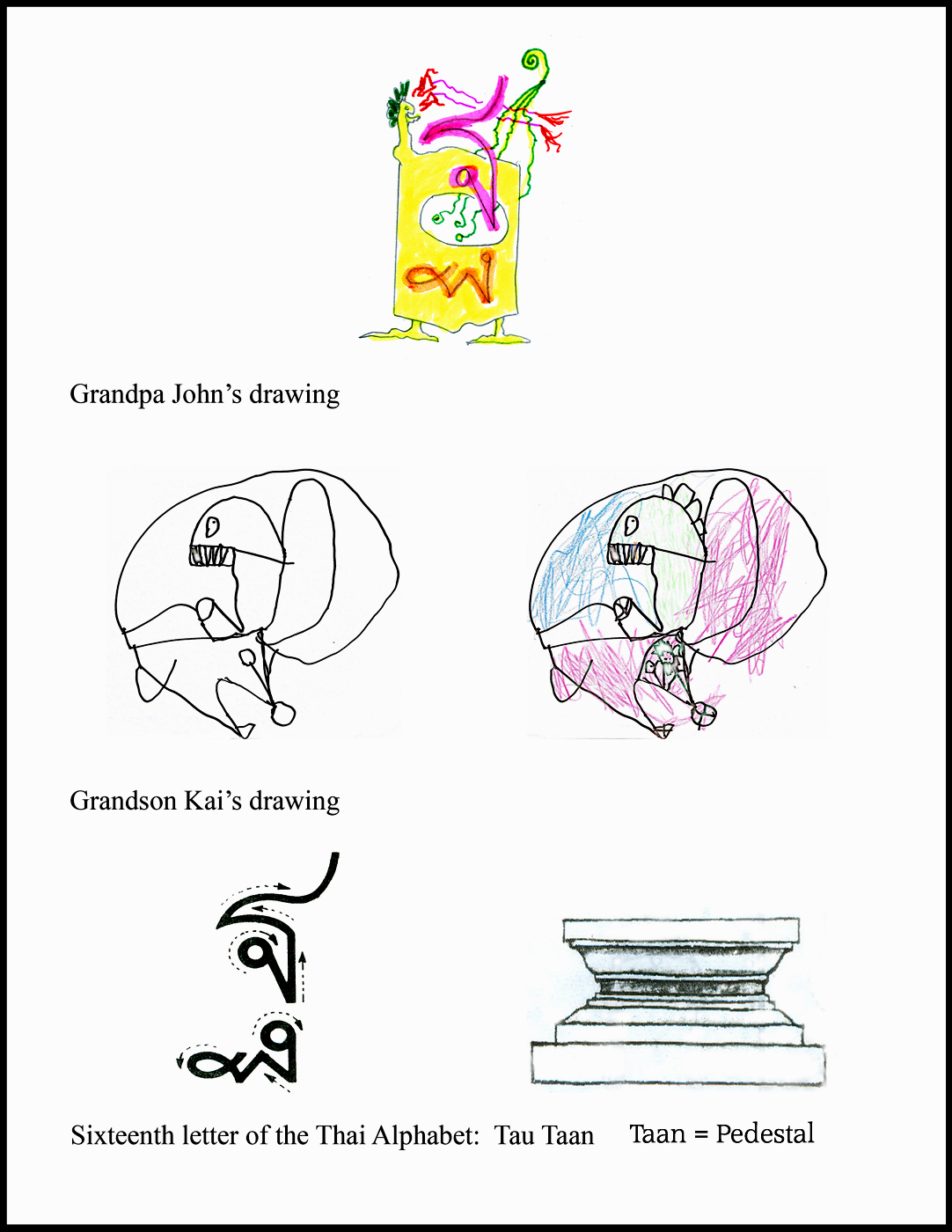
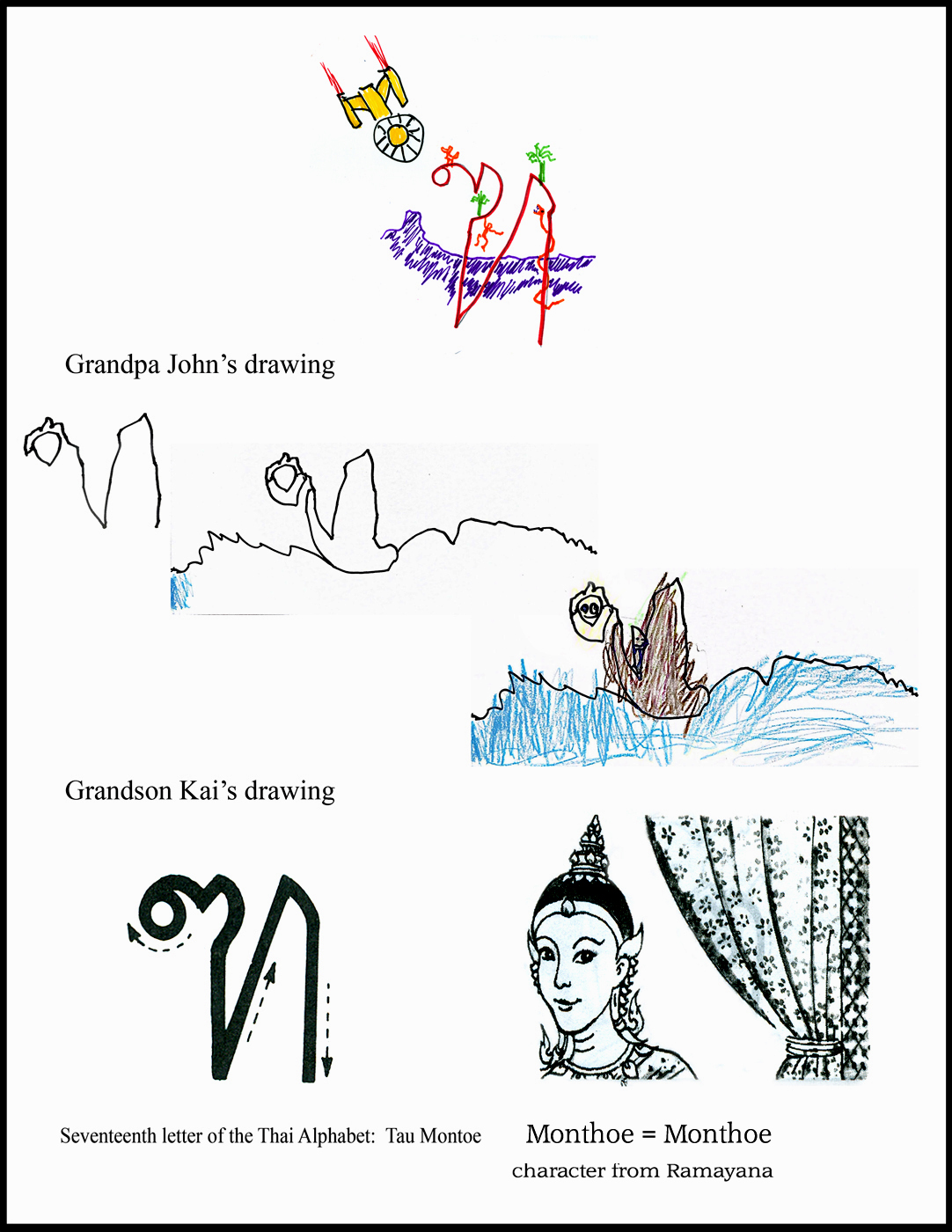



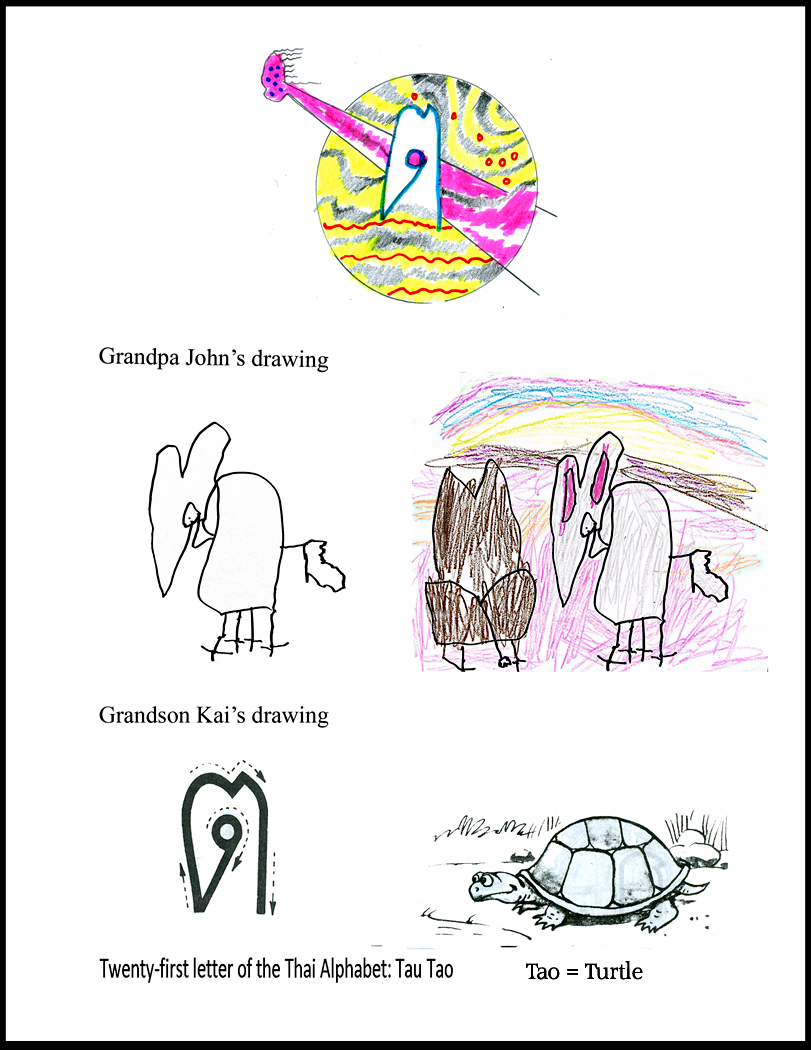
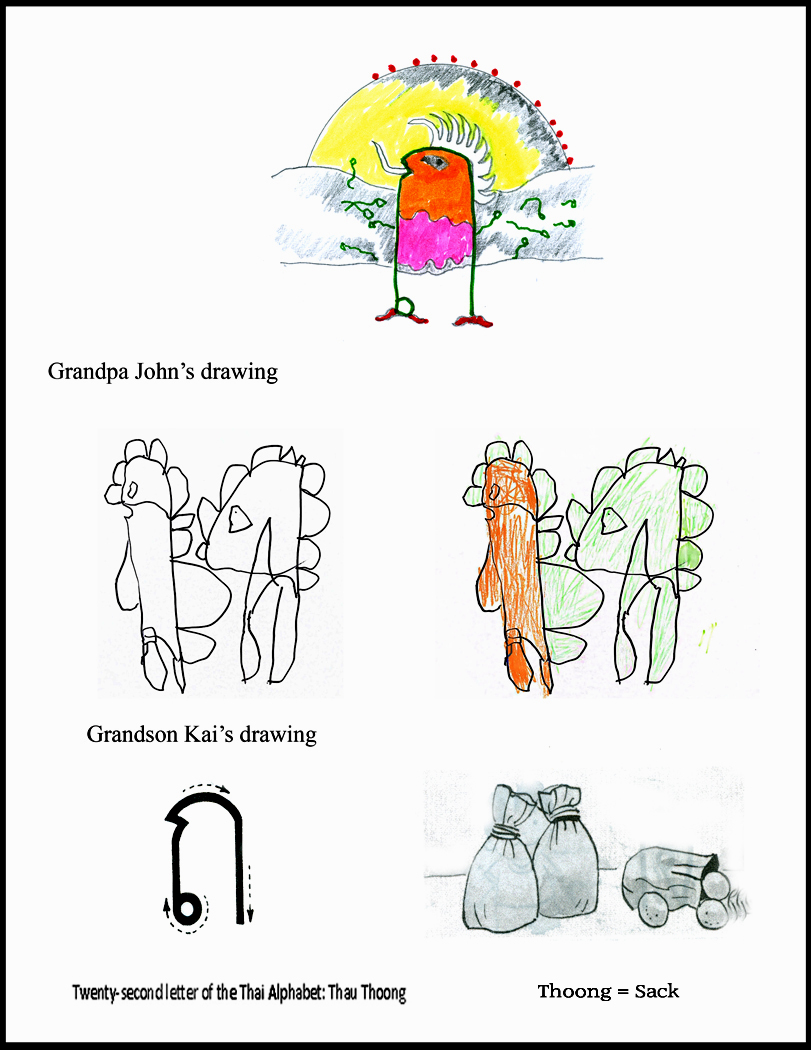
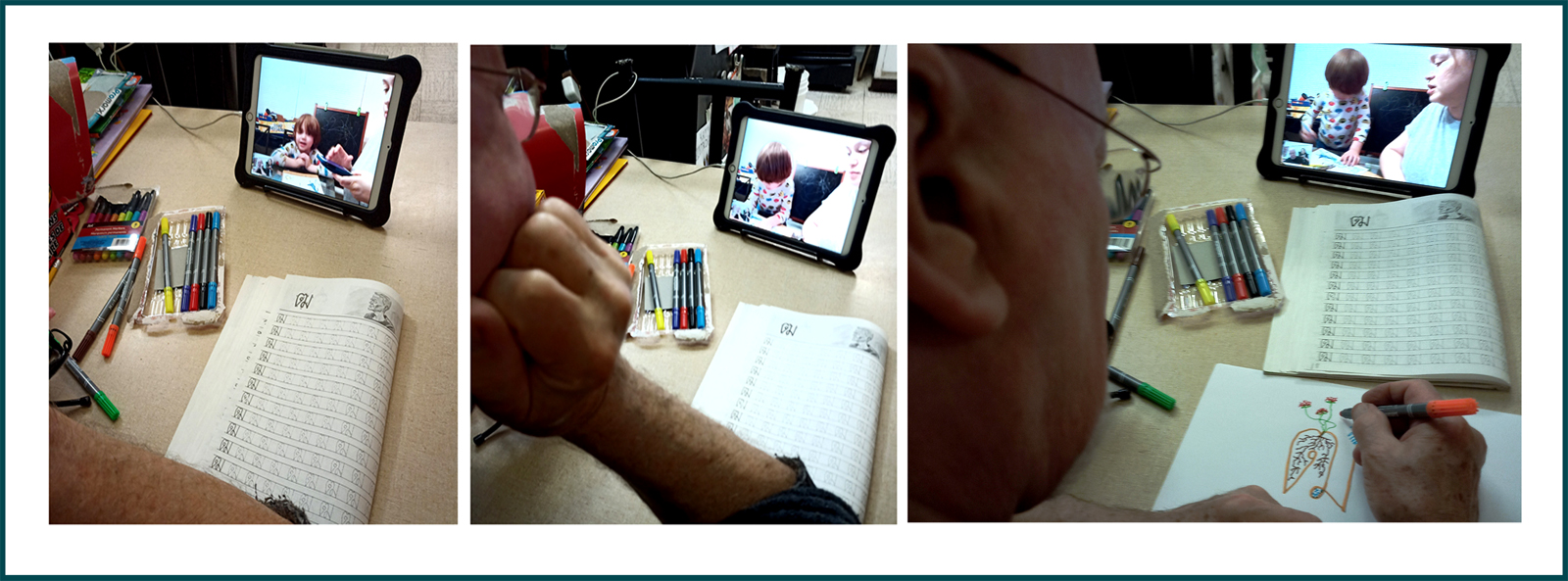
Leave a Reply